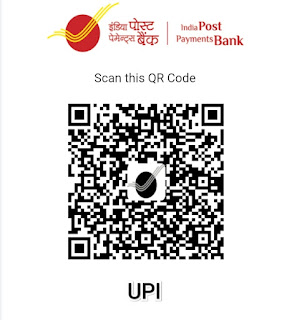Introduction:
Flask is a popular and lightweight web framework for Python that allows you to quickly build web applications. In this tutorial, we will guide you through the process of getting started with Flask. By the end, you'll have a solid foundation in Flask development and be able to create your own web applications.
Step 1: Setting Up Flask
Start by installing Flask and setting up a virtual environment for your project. We'll show you how to create a new Flask project, activate the virtual environment, and install the necessary dependencies.
Step 2: Creating Routes
Learn how to define routes in Flask to handle different URLs and HTTP methods. We'll walk you through creating routes for the home page, about page, and other sections of your web application.
Step 3: Handling Form Submissions
Explore how to handle form submissions in Flask. We'll cover form creation in HTML, receiving form data in Flask, and processing and validating the submitted data.
Step 4: Rendering Templates
Discover the power of templates in Flask for creating dynamic and reusable web pages. We'll show you how to use Jinja2, the default templating engine in Flask, to render dynamic content and pass data to templates.
Step 5: Working with Databases
Learn how to integrate a database into your Flask application. We'll demonstrate how to set up a SQLite database, create models using SQLAlchemy, and perform database operations such as querying, inserting, and updating data.
Step 6: Adding User Authentication
Enhance your web application by implementing user authentication using Flask-Login. We'll guide you through the process of creating a user login system, protecting routes, and managing user sessions.
Step 7: Deploying Your Flask Application
Explore different options for deploying your Flask application to a live server. We'll discuss deploying to platforms like Heroku and provide guidelines for preparing your application for production.
Conclusion:
Congratulations! You've learned the basics of Flask web development and built a simple web application from scratch. Flask provides a solid foundation for building more complex and feature-rich web applications using Python.
Remember to continue exploring Flask's extensive documentation and community resources to further expand your knowledge and skills. From creating APIs to integrating third-party libraries, Flask offers a wide range of possibilities for web development.
With your newfound understanding of Flask, you're well-equipped to embark on more ambitious projects and create powerful web applications. Happy Flask coding!


